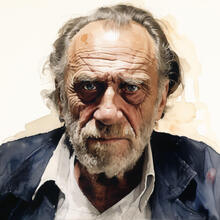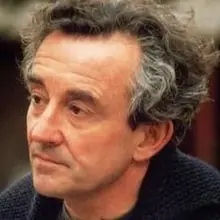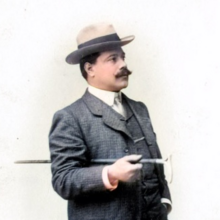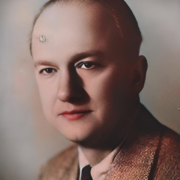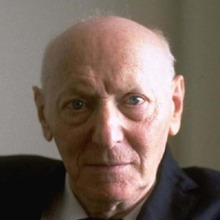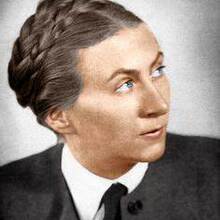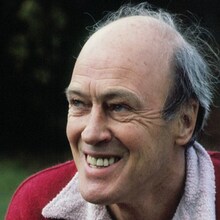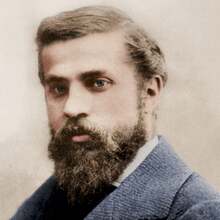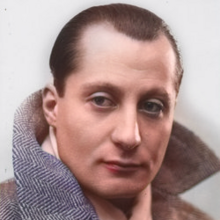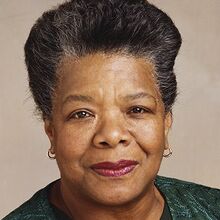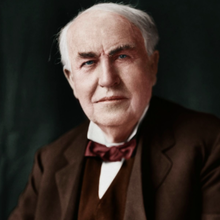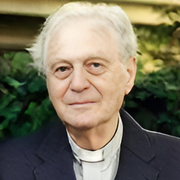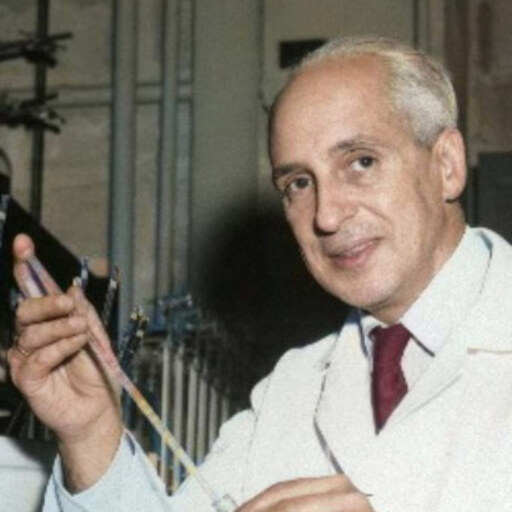
Personal
Other names:
Job / Known for:
Biochemist and molecular biologist
Left traces:
RNA synthesis and genetic code
Born
Date:
1905-09-24
Location:
ES
Luarca, Asturias
Died
Date:
1993-11-01 (aged 88)
Resting place:
US
Madrid
Death Cause:
Pneumonia
Family
Spouse:
Carmen García Cobián (1931–1986)
Children:
Parent(s):
Severo Manuel Ochoa and Carmen de Albornoz
QR Code:
Show More
Rank
Users ranking to :
Thanks, you rate star
Ranking
5.0
1
Fullname
Severo Ochoa
Slogan
Science is a way of life, not a job. It is a search for truth and understanding.
About me / Bio:
Show More
Article for Severo Ochoa
Died profile like Severo Ochoa
Comments:

